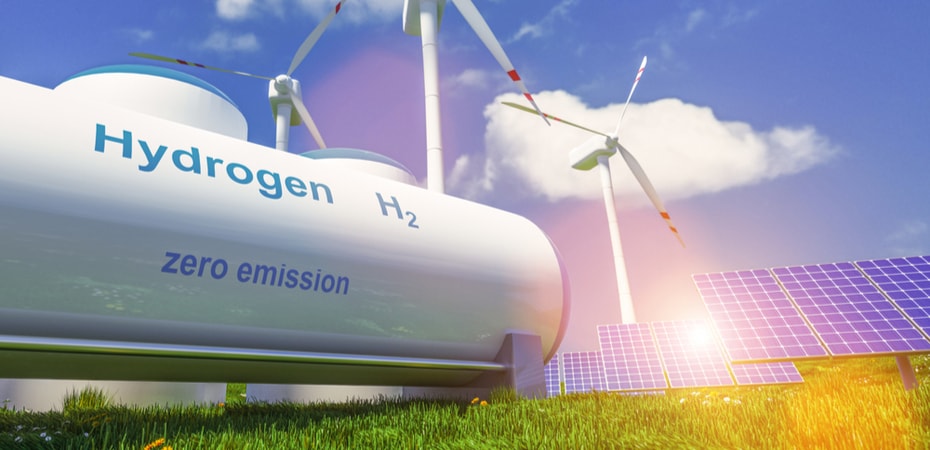On December 16, 2020, the Government of Canada released its Hydrogen Strategy for Canada (the "Strategy") with a stated aim of diversifying Canada's future energy mix, generating economic benefits and achieving net-zero emissions by 2050. The document lays out an ambitious framework for actions that seek to position Canada as a worldwide leader in renewable fuels.

The Strategy is built upon a 30-year roadmap that includes near- to long-term objectives. The first five years (2020-2025) will lay the necessary foundation ("Near-Term"). The following five years (2025-2030) will focus on growth and diversification of the hydrogen sector ("Mid-Term"). The last twenty years (2030-2050) aim for market expansion ("Long-Term"). Throughout, the overriding goal is the development of a thriving hydrogen economy in Canada.
With the recently announced Strengthened Climate Plan, Canada is establishing foundational federal initiatives that will enable the growth and development of the hydrogen sector. The Strategy has few spending details, but focuses on promoting investment through policies like the Clean Fuel Standard. In addition, the Strategy will be funded by the $1.5 billion Low-carbon and Zero-emissions Fuels Fund, previously announced as part of the Strengthened Climate Plan.
Near Term: Laying the foundation
The initial Near-Term process will focus on stimulating the hydrogen sector through the development of hydrogen supply and distribution infrastructure. This includes identifying existing applications that can be deployed as regional HUBs for hydrogen supply and distribution along with supporting new Canadian applications. Early deployment HUBs present an opportunity for skills development and training along with facilitating widespread deployment in the mid- and long-term. In addition, new policy and regulations will be required during the Near-Term to meet net-zero objectives by 2050.
In order to facilitate the Near-Term objectives and inform the development of concrete actions, the Strategy sets out 32 recommendations across eight key pillars developed in consultation with stakeholders across various industries, including Indigenous partners and provincial and territorial governments.
These eight pillars are:
- Strategic partnerships;
- De-risking of investments;
- Innovation;
- Codes and standards;
- Enabling policies and regulation;
- Awareness;
- Regional blueprints; and
- International markets.
In view of the strategic priority placed on hydrogen by the federal government and the relatively short timeline for achieving its goals, hydrogen development will require a coordinated and collaborative effort between governments and all stakeholders. Further, each of the above noted pillars will play a crucial role given the nascent stage of Canada's hydrogen economy and the growing global momentum for hydrogen use.
Mid Term: Growth and diversification
The stimulation activities employed over the first five years will lead into the Mid-Term stage of the Strategy, which will focus on the growth and diversification of the hydrogen sector. Deployment HUBs identified in the Near-Term will grow, and new HUBs, connected by corridor infrastructure, will be initiated. Hydrogen use in the Mid-Term will focus on end-use applications that will provide the best value proposition relative to other low emission technologies. Further, as hydrogen production increases, deployment in new applications, such as transportation, heating and industrial processes, is expected.
Long Term: Rapid market expansion
In the Long-Term phase of the plan, Canada will begin to realize the full benefits of the hydrogen economy, as the number of new commercial applications will continue to grow with the support of the country's supply and distribution infrastructure.
Thriving hydrogen economy
The potential benefits of a thriving hydrogen economy in Canada are many: an estimated 350,000 high paying jobs created nationally; a spark for economic recovery within Canada; opportunities for Indigenous communities and businesses; and reduced emissions over the longer term.
Considering Canada's long-standing regional divisions over energy policy, hydrogen represents an energy source that could unite Canadians on this front as each region can build on its respective energy strengths to develop the most appropriate production pathway based on availability of feedstock and energy inputs. Moreover, given the number of industries that a hydrogen economy may impact and the diverse expertise located throughout the country, the need for collaboration across provinces and industries is crucial.
The Strategy articulates a compelling vision for 2050 with up to 30% of Canada's end-use energy delivered in the form of hydrogen, an established supply base of low carbon intensity hydrogen at competitive prices, over five million fuel cell electric vehicles on Canadian roads, a nationwide hydrogen refueling network, and an annual reduction of up to 190 Mt-CO2e of GHG emissions. It requires bold action and radical transformation of Canada's energy system beginning with the end in mind and back casting to the present to achieve its goals.
For more information, the full Strategy is available here.
Gowling WLG will continue to monitor and report on the developments related to the emerging hydrogen sector.